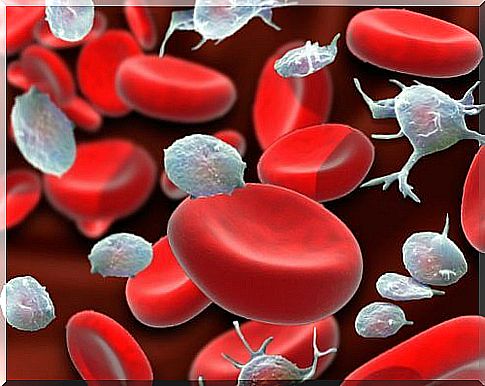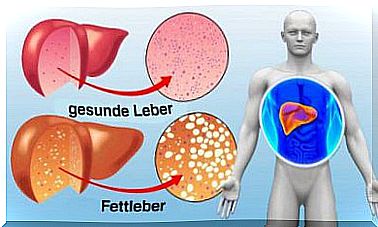The Risk Of Postoperative Bleeding
Surgical intervention increases the risk of venous or arterial thromboembolism. In addition, it is known that the temporary interruption of antiplatelet treatment poses a greater risk of thrombosis or embolism.

The problem of post-operative bleeding can be the result of an injury or a dream. However, there could also be a problem with the blood clotting or blood vessels. The different blood vessels transport oxygen and nutrients to the body cells. But if the blood vessels are damaged, bleeding can occur inside or outside of these vessels.
Hemostasis is the interruption of bleeding in the damaged vessels (hemostasis). The following factors are necessary for the blood to clot:
- Platelets (platelets): These are very small cells made in the bone marrow. The normal number of platelets in the blood is between 150,000 and 400,000.
- Blood clotting factors: These factors are found in the blood and are primarily produced in the liver.
Surgical intervention increases the risk of venous or arterial thromboembolism. It is also known that the temporary interruption of antiplatelet treatment poses a greater risk of thrombosis or embolism.
The risk of preoperative bleeding from oral blood thinners is very low. However, the risk is high during and after the operation, although this also depends on the type of surgical procedure.
Risk factors that can lead to postoperative bleeding

The assessment of the risk of a surgical procedure is very important for patients who are being treated with blood thinners. For this reason , the method of anti-platelet treatment depends on the individual situation of the patient.
Both the risk of thrombosis and haemorrhage (bleeding) that exist during the operation must be assessed. When assessing the risk of thrombosis, it is necessary to take into account the condition after discontinuation of the blood thinner or anti-aggregation agent.
Depending on the situation , the doctor decides to continue or interrupt therapy with blood thinners. The drug can also be replaced with heparin and continued later with oral blood thinners. This is related to the postoperative immobility, but also to the protothrombotic effect of the operation itself.
Risk of postoperative bleeding
Major postoperative bleeding or secondary bleeding is when the bleeding after the operation exceeds the extent of a normal hematoma and a blood transfusion of two or more units or another procedure is necessary. Bleeding in the cranial cavity, intrathoracic space or abdominal cavity is also called postoperative hemorrhage.
In the event of complications from secondary bleeding, the further course of action depends on the extent and location. The level of anticoagulation also plays an important role. Major bleeding is life threatening and can be fatal.
The likelihood of bleeding also determines whether postoperative antiplatelet therapy is restarted. This is because the start of anticoagulation is delayed if there is a high risk of bleeding. If the anticoagulation is interrupted for more than a day, the possibility of administering heparin must be considered.
Resumption of blood thinning therapy after surgery

Treatment with blood thinners is usually not restarted until 2 to 3 days after surgery. However, this decision is always made by the attending physician.
At the beginning you start with low doses, which are also used for prophylaxis. Therapeutic doses are administered 48 to 72 hours after surgery, but should not be used after continuous postoperative bleeding.
For most patients treated with warfarin or acenocoumarol, drug treatment can be resumed the night after surgery. However, this is only possible if there are no complications from bleeding.
However, the therapeutic effect does not begin until 4 to 5 days after the start of taking the blood-thinning medication. One of the most important goals is to restore the patient’s antiplatelet state as quickly as possible. Correct postoperative hemostasis and the risk of bleeding associated with the surgery must be considered.
In general, most postoperative bleeding is controlled within 24 hours of surgery. In some cases, however, complications can arise. Then treatment with blood thinners will not be initiated until hemostasis has returned to normal.









